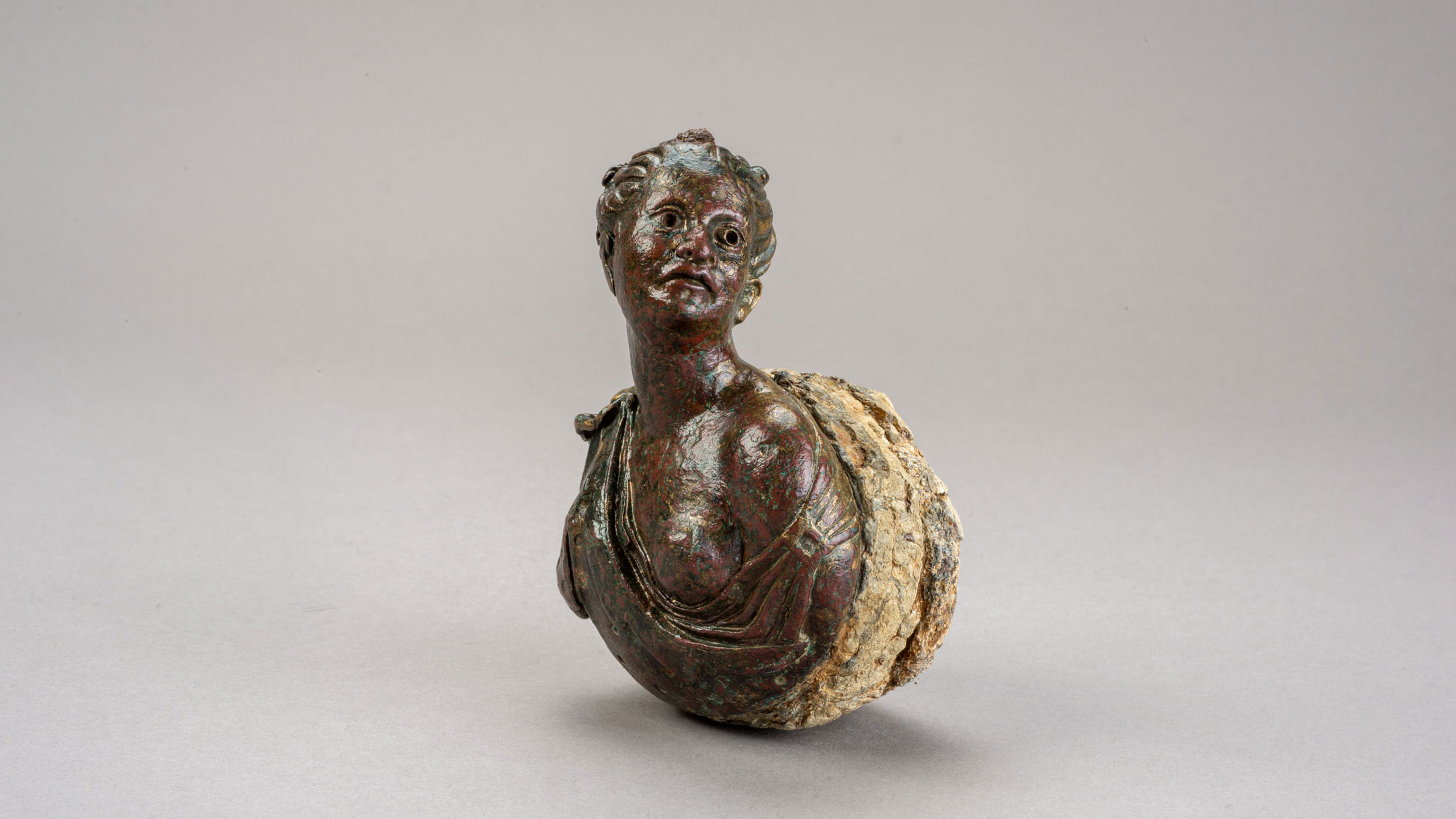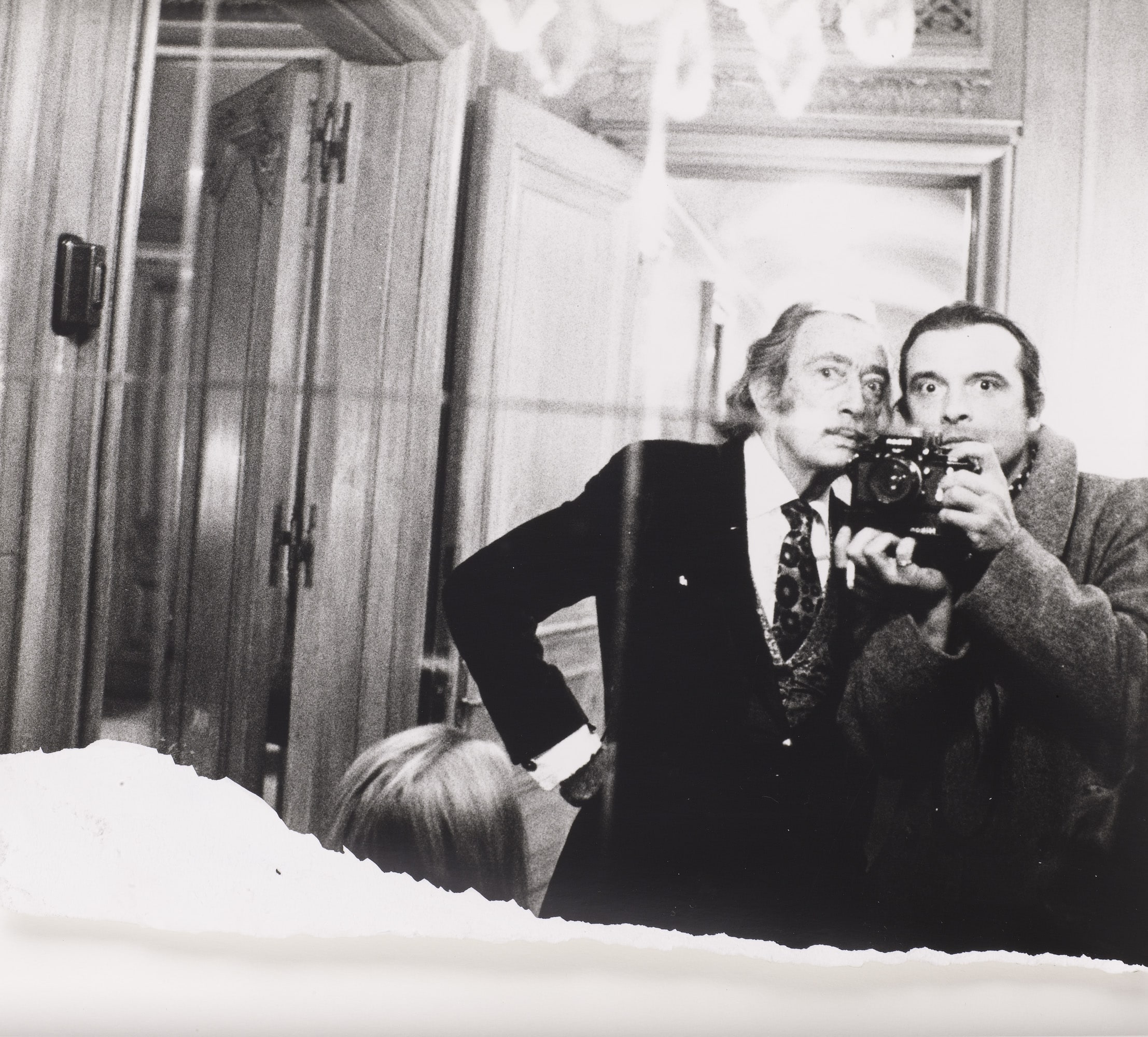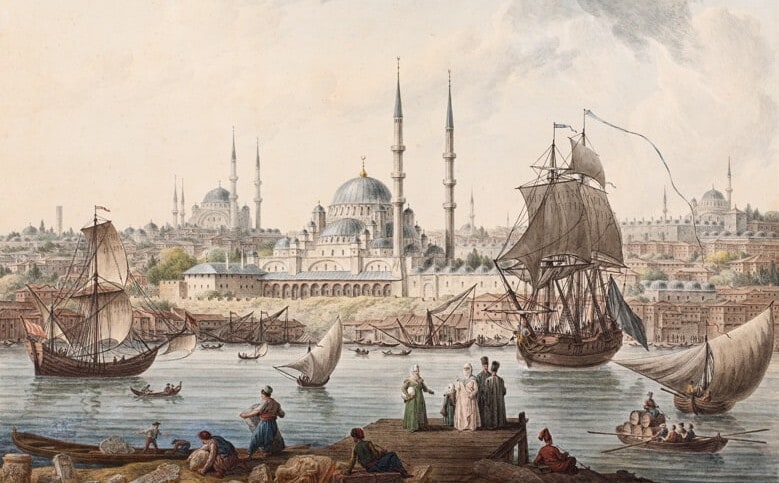Seminar
March 15, 2025 / 15:00
The fourteenth and fifteenth centuries were when the Byzantine Empire struggled with political and socio-economic problems. Marketplaces emerge as scenes reflecting these hardships and venues where, despite everything, a prosperous trade continued to thrive. Many travellers from various societies who passed through Constantinople during these centuries did not fail to mention the capital's marketplaces. Byzantine authors also made references to life in these bustling centres. Some recounted the fights and accidents they witnessed; others complained about the officiousness of vendors and inspectors, and others believed that nearby magical statues controlled the buying and selling. Alongside expensive items such as luxury Italian fabrics and spices arriving via Persia, one could also encounter far more modest goods, like cabbages, onions, copper cauldrons, and ladles.
Marketplaces were also the crossroads where the paths of captives fleeing the Turks, begging widows, curious intellectuals, and ostentatious state officials intersected with Byzantine, Italian, and Ottoman merchants and Russian, Arab, and Spanish travellers.
In the seminar organized as part of the Suna and İnan Kıraç Foundation Anatolian Weights and Measures Collection, Associate Professor Dr. Siren Çelik (Marmara University) examines the marketplace—an integral venue of daily life in the last centuries of the Byzantine Empire—together with its merchants, customers, and products.
The one-hour event, which will be held in Turkish at the Pera Museum Auditorium, is free of charge. Reservations are not required.
About Siren Çelik
After completing her bachelor's degree in Social and Political Sciences at Sabancı University in 2011, Siren Çelik earned her master's degree in Byzantine Studies from the University of Birmingham in 2012 and her PhD in 2016. Her main research interests include Late Byzantine history, Byzantine literature, historiography, and daily life in Byzantium. She is a faculty member in the Department of History at the Faculty of Arts and Sciences, Marmara University.
Image Credit
Half Stavraton, Silver,
Manuel II Palaiologos (1391-1423), Constantinopolis, 1403-1425
Suna and İnan Kıraç Foundation Anatolian Weights and Measures Collection
Temporary Exhibition
As the measurement of discovery became the substance of myths, weighing and measuring, beyond being mere physical actions, became an important means of self-expression to those captivated by the universe and what lay beyond the boundaries of knowledge.
Click for more information about the exhibition.


Each memory tells an intimate story; each collection presents us with the reality of containing an intimate story as well. The collection is akin to a whole in which many memories and stories of the artist, the viewer, and the collector are brought together. At the heart of a collection is memory, nurtured from the past and projecting into the future.

When regarding the paintings of Istanbul by western painters, Golden Horn has a distinctive place and value. This body of water that separates the Topkapı Palace and the Historical Peninsula, in which monumental edifices are located, from Galata, where westerners and foreign embassies dwell, is as though an interpenetrating boundary.
Tuesday - Saturday 10:00 - 19:00
Friday 10:00 - 22:00
Sunday 12:00 - 18:00
The museum is closed on Mondays.
On Wednesdays, the students can
visit the museum free of admission.
Full ticket: 300 TL
Discounted: 150 TL
Groups: 200 TL (minimum 10 people)